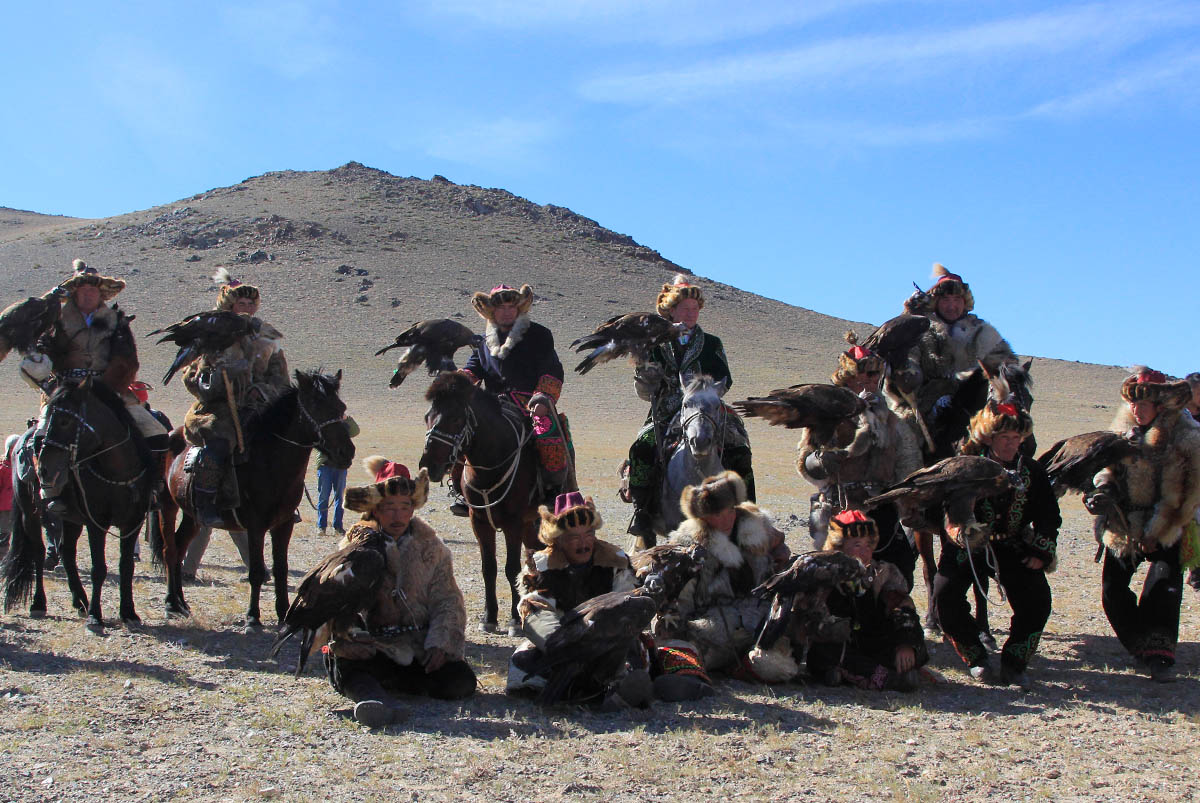A photography tour of the Gobi Desert in Mongolia
Our photography tour will take you to the best part of the Gobi Desert. The Gobi Desert’s unique features provide ample opportunities for dramatic landscape photography.
A photography tour info
A photography tour of the Gobi Desert in Mongolia offers diverse landscapes, including the singing sand dunes of Khongor, the canyon Khermen Tsav, and Nemegt Valley, known for significant paleontological discoveries. The Gobi Desert is famous for its vast expanses.
Total distance: 1900kms; Tour length: 11 nights, 12 days
Route: Ulaanbaatar – Terelj National Park – White Stupas – Yol valley /ice valley/ – Khanan Khets – Khermen Tsav canyon – Nemegt valley – Khongoryn Els dunes – Arvaikheer town- Khogno Khaan mountain/ minigobi/ – Ulaanbaatar
Activities:
Explore picturesque Gobi Desert landscapes such as Yol Valley, Khanan Khetz, Khermen Tsav canyon, and Khongoryn Els dune with an expert guide. Visit local Kazak and camel herder families. Sunrise and sunset shoots to capture the best natural light.
Difficulty: Easy
What to bring:
Windbreaker, sweatpants, sweatshirt, long sleeves shirts, T-shirt, cap, hiking shoes, personal toiletries, head or touch lamp, sunglasses. For detailed information please click here
Included:
- Transportation
- Fuel
- English-speaking tour guide with photography experience
- Cook
- National park entrance fee
- Accommodation as mentioned in the itinerary
- 1.5L drinking water a day per person
- Full board (11 breakfast, 12 lunch, 11 dinner)
Excluded
- Accommodation in UB
- Travel insurance
- Personal toiletries
- Tips for the driver and the guide
- Visa fee
- Travel insurance
- Alcohol drinks
The tour itinerary
Day 1
Our trip starts with a short drive to Chingis Statue and Terelj National Park. It’s one of the most popular and scenic destinations near Ulaanbaatar. It is known for its stunning landscapes with beautiful rock formations. On the way, we’ll stop at the Chingis Khan statue. We’ll visit the Kazak family at lunch hours, so we’ll enjoy the Kazakh traditional food called “KAZ” for lunch and will have as many photo shoots as we want with an eagle hunter. Stay in a yurt camp.
Day 2
Drive to Tsagaan Suvraga. It’ll be a full day driving.
The breathtaking rock formations make for incredible photography opportunities because of a variety of colors, including white, red, and orange, due to different mineral compositions.
Spend the night in a family’s spare yurt.
Day 3
Drive to Yol Valley also known it’s Yolyn Am. It’s a beautiful deep gorge and famous for its dramatic cliffs, lush greenery (rare in the Gobi Desert), and even an ice field throughout the year.
The valley is surrounded by towering cliffs, making it a stunning place for photography and hiking.
It’s home to rare animals like the Siberian ibex, Argali sheep, and Lammergeir vultures, so if you’re lucky enough, you might be able to spot those wild animals and take some photos of them.
Day 4
Start driving to Khanan Khets mountains in the morning.
These natural hollows provide shelter for wildlife, allowing animals to escape the summer heat. The mountains have unusual and picturesque terrain, so it’s great for people who love to fly drones. There are several valleys with dramatic scenery. We’ll stay at a nomadic family’s spare yurt.
Day 5
Early in the morning, we’ll drive to Khermen Tsav. Khermen Tsav is a remote and rugged area and is a stunning rock formation known for its dramatic red sandstone cliffs and rich fossil deposits. Often referred to as the “Cemetery of Dinosaurs,” it has yielded numerous dinosaur fossils, including those of the Tarbosaurus, a relative of the Tyrannosaurus rex.
It’s very isolated and less frequently visited. The breathtaking landscape, shaped by wind and erosion, makes Khermen Tsav a remarkable destination for paleontologists, geologists, and photographers. We’ll spend the night in tents.
Day 6
It’s a picture-taking day. We’ll be able to shoot hundreds of shots from the sunrise to the sunset during the day. Sunrise and sunset moments are a perfect combination of sandy rock formations to have many great photos. We’ll remain camping at the same spot as the previous night.
Day 7
We’ll drive to Nemegt Valley.
It’s a paleontologically significant site, famous for its fossil discoveries, particularly from the Late Cretaceous period (about 75 million years ago). The valley is known for its rich deposits of dinosaur fossils, including a variety of theropods, hadrosaurids, and other ancient creatures.
Some of the most famous fossils found in Nemegt Valley include specimens of Tarbosaurus, a carnivorous dinosaur closely related to Tyrannosaurus rex, and Oviraptor, a small theropod known for its distinctive crest. It’s another fantastic place to take some pictures.
Day 8
Our next destination is Khongoryn Els, which are huge dunes. We’ll have some adventures driving through the dunes. We’ll stay at the yurt camps for two nights. Yurt camps are similar to hotel standards. We’ll enjoy the sunset of the dunes and have some spare time to shoot some pictures.
Day 9
It’s a picture day. Early in the morning, we’ll have some camel herders with camels and take pictures at the dunes during sunrise. In the evening, we’ll climb the dunes and take some pictures of a view of the dunes with mountains background.
Day 10
We’ll drive to Arvaikheer. It’ll be a long drive. Arvaikheer is the capital of Uvurkhangai province. We’ll stay in a nice hotel called “Bogd”.
Day 11
Drive to Khogno Khaan mountains.
It has diverse landscapes, including mountains, steppes, and sand dunes called “Elsen Tasarkhai,” also known as its “Mini Gobi.” We’ll stay at a nomadic family’s spare yurt.
Day 12
Back to Ulaanbaatar.
Please contact us if you’re interested in booking this tour.
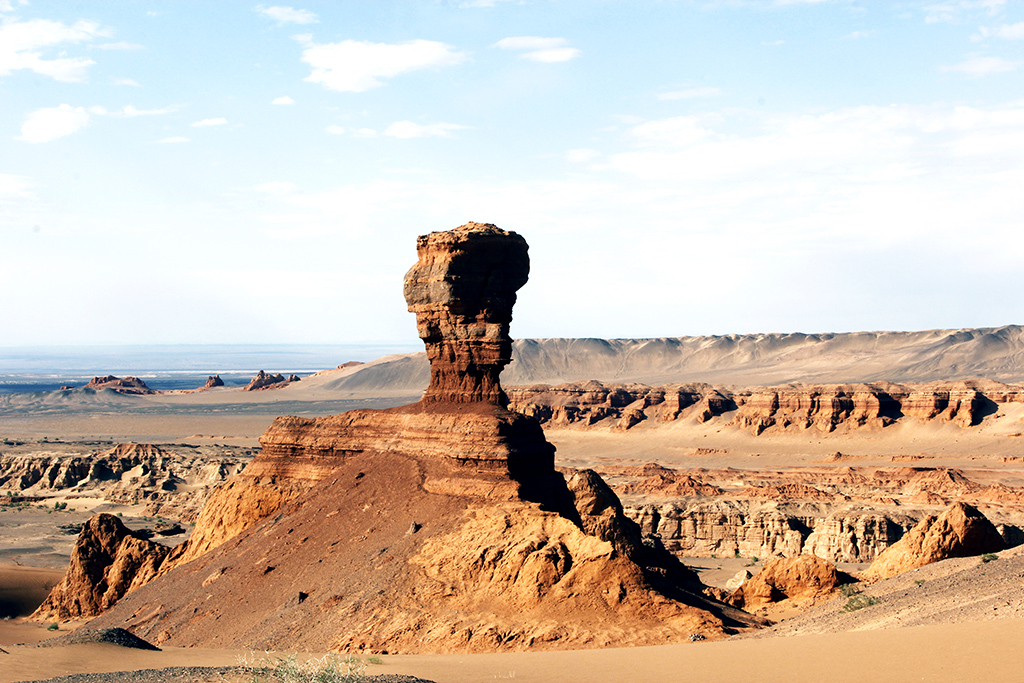
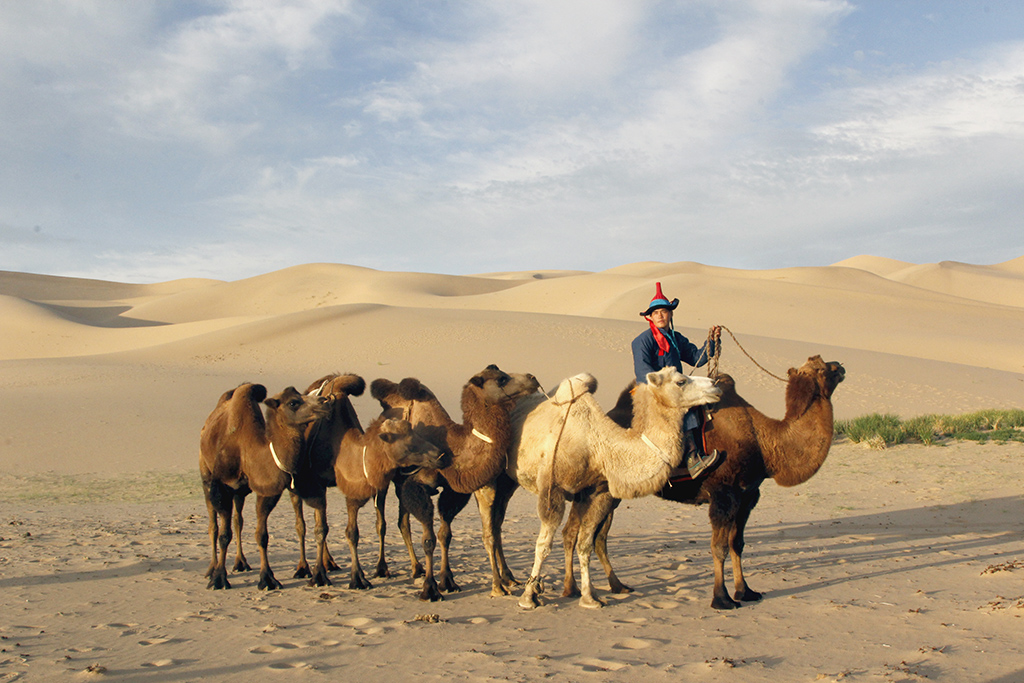
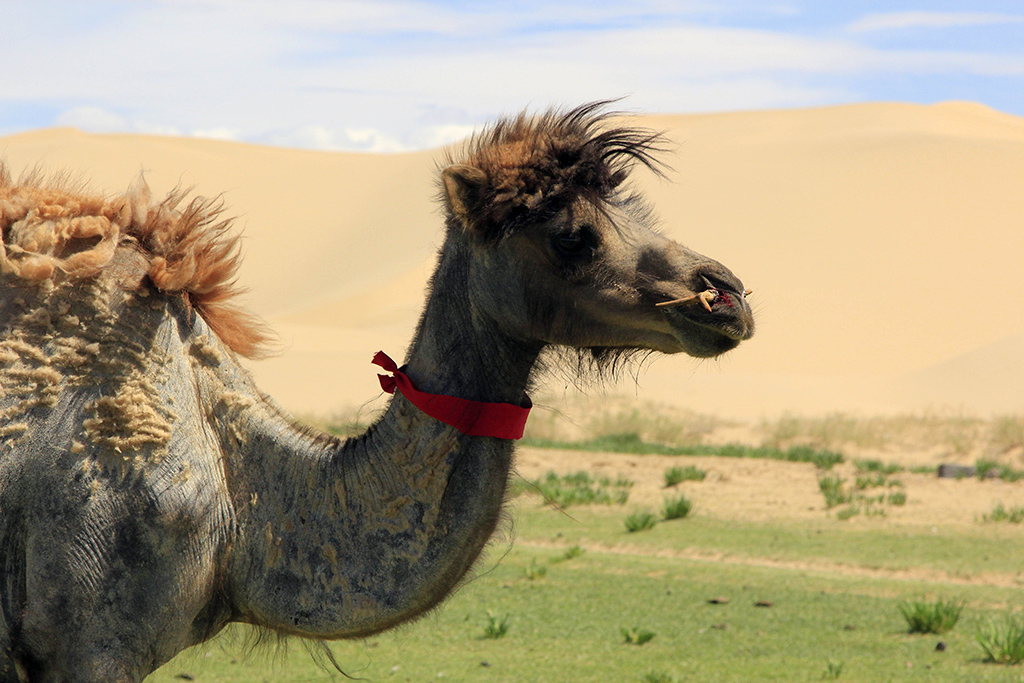
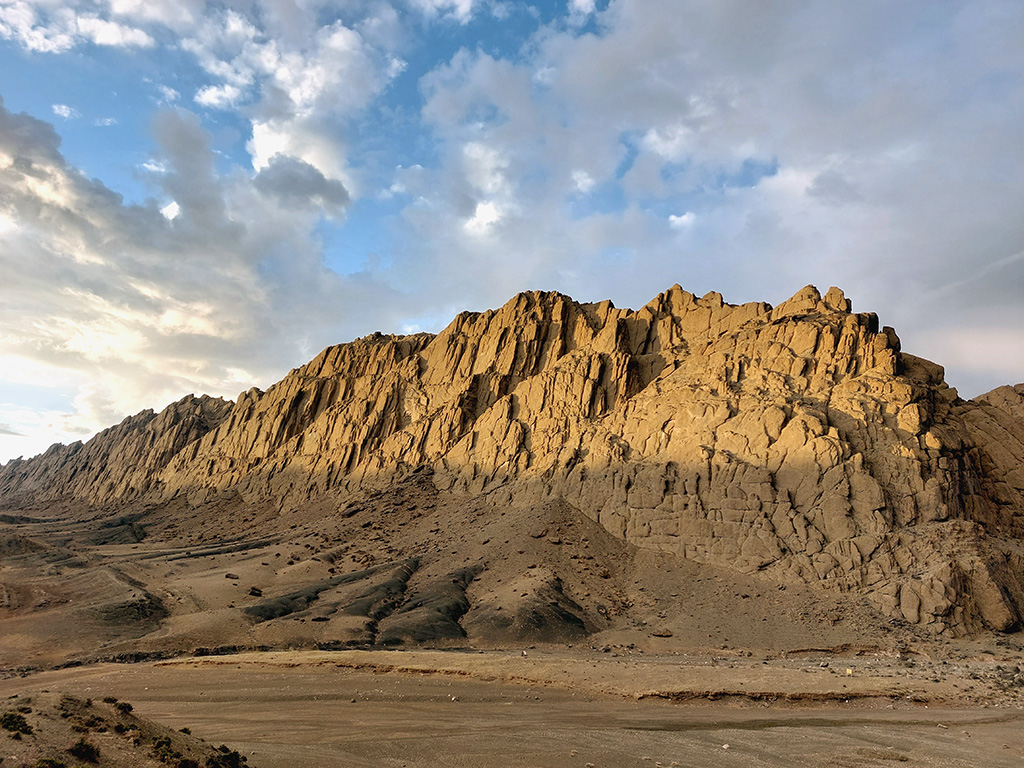
If you’re interested in Eagle Hunters photography tours, please visit the following links:
Eagle hunting experience – Traveling to Mongolia
Taking pictures of the eagle hunting will be one of the most unique experiences to do in your lifetime! There are approximately 250 eagle hunters in Bayan-Olgiy, western Mongolia. They use eagles to hunt foxes and hares during the cold winter months when it is easier to see the gold-colored foxes against the snow.
Therefore, you’ll stay in their spare Kazak colorful yurt and eat with them.
